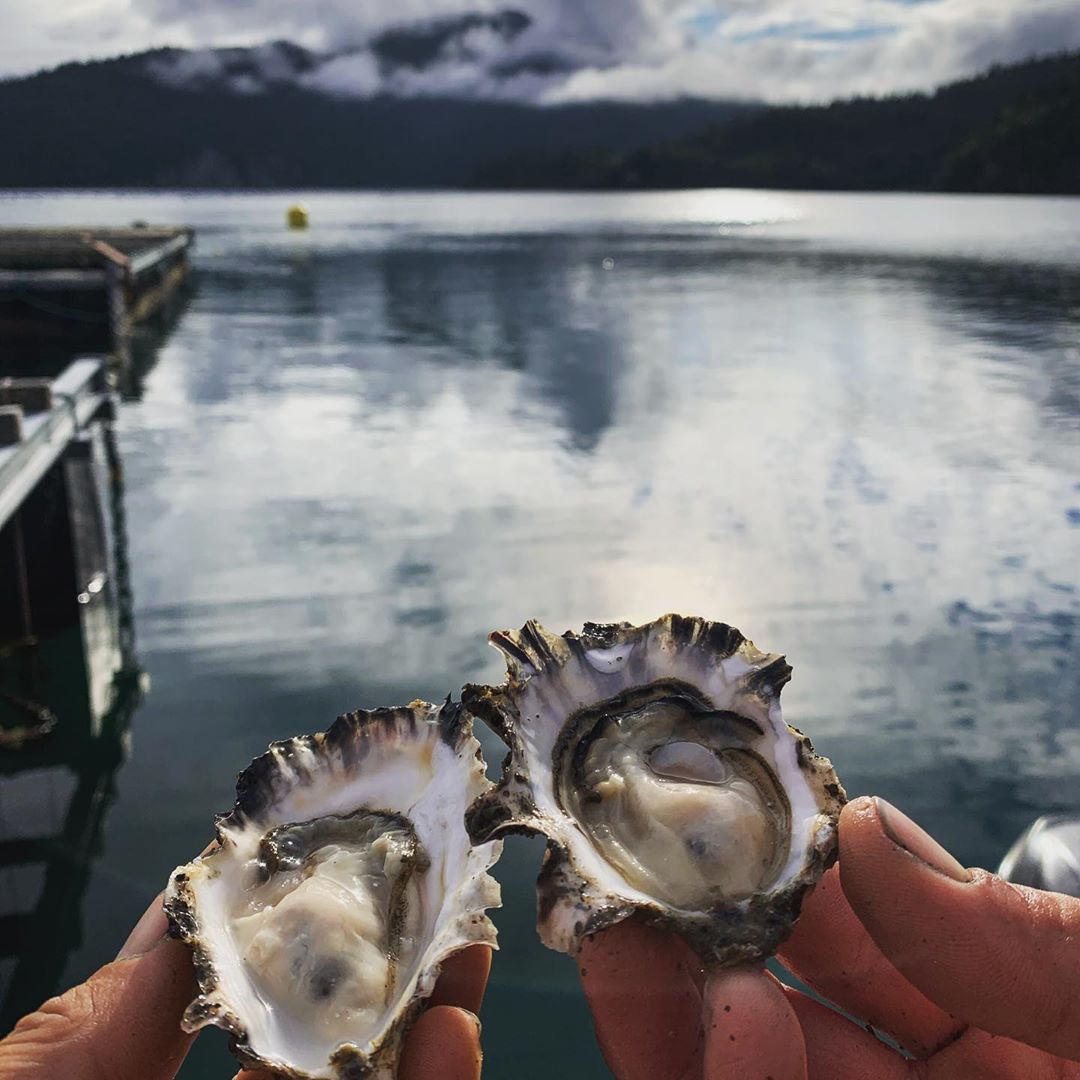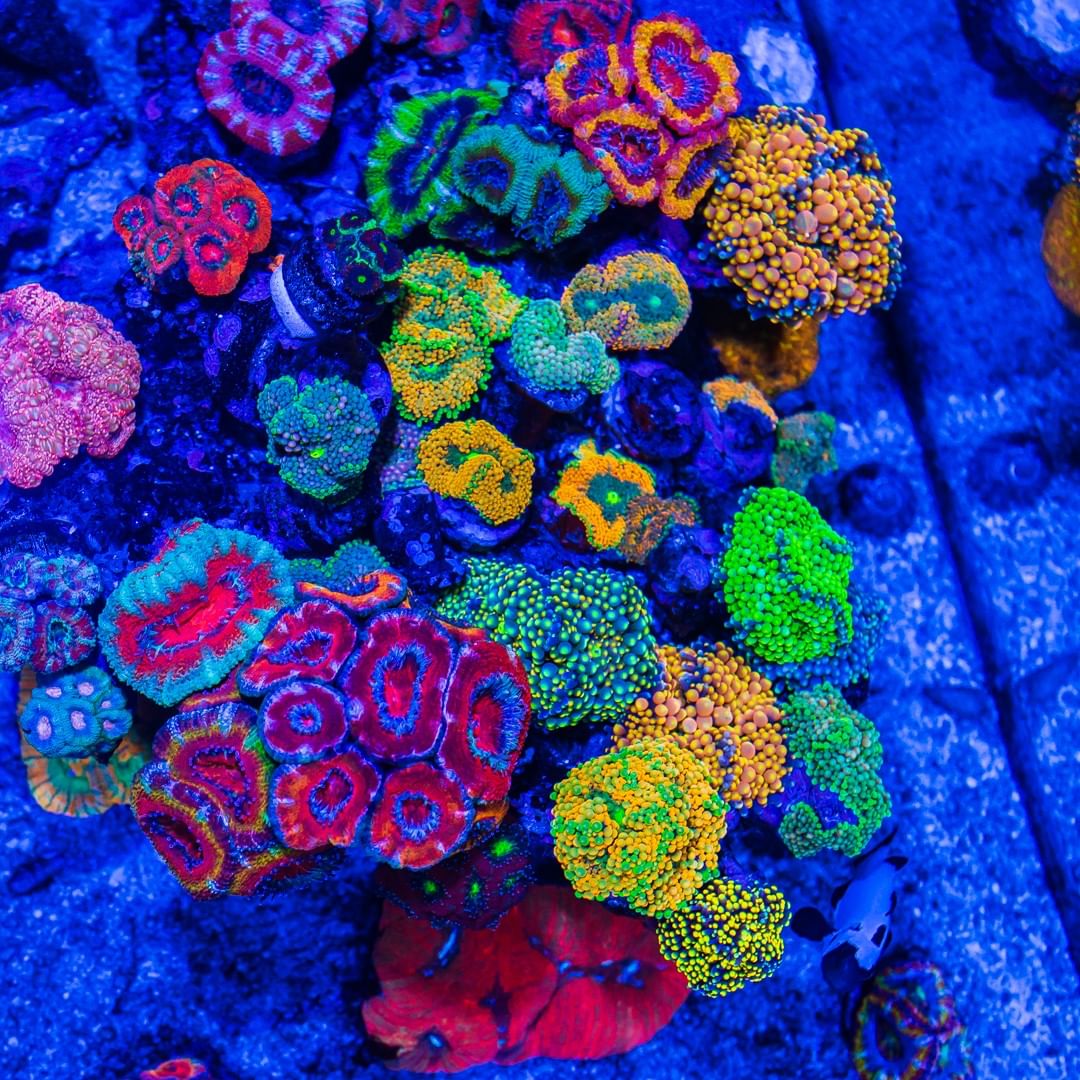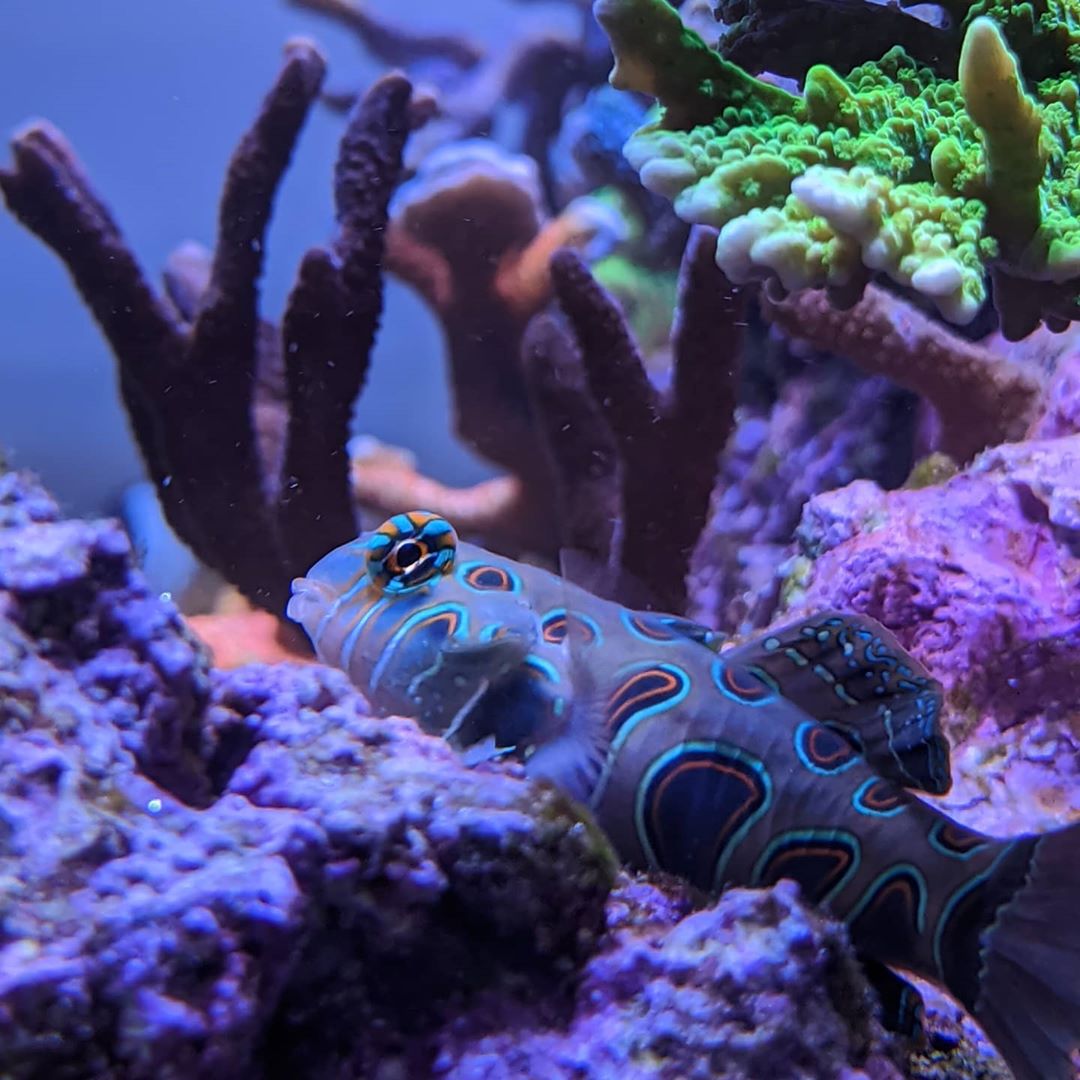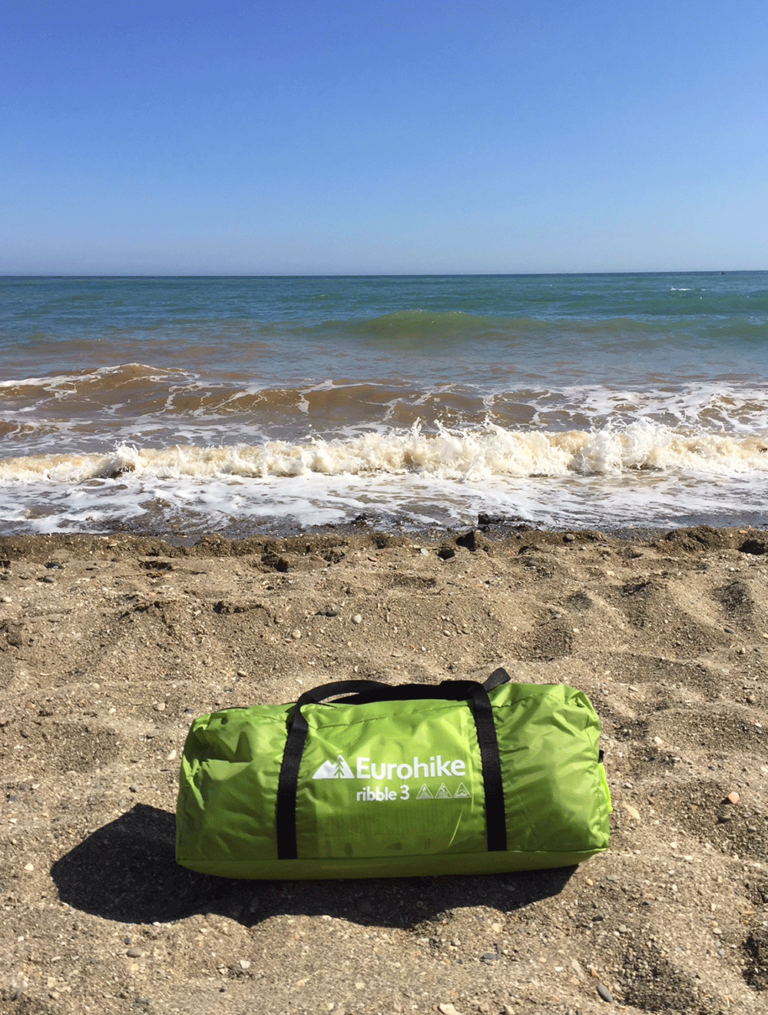Five Strategies on How to Incentivize Aquaculture Growth
Individuals across the globe continue to increase their fish consumption. Today, one-sixth of the world’s consumption of animal protein comes in the form of shellfish and finfish. However, the worldwide wild fish catch reached its peak over two decades ago, leading to an increase in aquaculture or fish farming. The aquaculture industry more than doubled production between 2000 and 2012 to keep up with this demand, but that’s not enough. New research found that the industry must double production again between now and 2050 if it is to meet the demands of the world’s population, which continues to grow. Can it do so sustainably?

WorldFish, INRA, Kasetsart University, the World Bank, and WRI partnered to find the answer to this question. The partnership resulted in a paper, Improving Productivity and Environmental Performance of Aquaculture. This paper explored the environmental footprint of the industry now and how it could grow in the coming years. Several new strategies appear in the paper that will lessen the environmental effects of the industry while providing nutritious food and jobs for millions of individuals. Sustainable aquaculture will become more critical in the coming years, which explains why this paper is so important today.
The Good and the Bad
Expanding the global animal protein supply becomes a realistic goal, as farmed fish can convert feed to edible food. In fact, they accomplish this goal as efficiently as poultry. Nevertheless, environmental impacts remain a concern, as they do with any form of food production.
When aquaculture witnessed its boom back in the 1990s, many complained about the practices used in the farms. For instance, they worried about the impact of clearing mangroves to make way for shrimp farms to be constructed in Latin America and Asia. Men and women expressed concern about wild marine fish and using them to boost the usage of fish oil and fish meal. These concerns only added to the discourse surrounding water pollution and diseases affecting fish and shrimp, which many already stated were an issue.
Fortunately, the industry worked to improve its performance and continues to do so today. It now produces more farmed fish in less space, has reduced its use of fish and fishmeal in aquaculture feeds, and mostly halted mangrove conversion. Nevertheless, boosting production requires an accompanying boost in efficiency or the environmental impacts will significantly increase. Furthermore, the industry must ramp up productivity. A failure to do so leads to stunted growth, as there simply isn’t enough land, water, and feed to sustain it otherwise. How can they accomplish these goals?
Technology
When compared to livestock farming, aquaculture remains a young industry. Over the years, farmers, researchers, scientists, and other industry insiders used technology in a variety of ways. They used it to upgrade breeding techniques, control diseases, and improve feeds and nutrition. In addition, they used technology to come up with ways to reduce production’s impact. Science and traditional knowledge come together to boost efficiency in these areas, and people see the results around the world. Vietnam serves as a good example of technological innovation and its benefits. In 2000, observers witnessed a breakthrough in catfish breeding which led to growth in its production capabilities and intensification. The change involved the widespread use of high-quality pelleted feed. This resulted in an increase in catfish production from 50,000 tons in 2000 to over 1 million tons in 2010. Even with this enormous increase, the total catfish pond area in the country only doubled.

Changing the Focus
To ensure the future of aquaculture, regulations and certification schemes must move beyond the individual farm. Many producers using the same resources often lead to cumulative environmental impacts, and this holds true even when all farms follow the law. By utilizing spatial planning and zoning, countries find they can ensure the farms remain within the local ecosystem’s carrying capacity. In addition, implementing these methods reduces conflicts arising from resource utilization. Norway successfully put these measures into place to prevent salmon producers from congregating in one area. By spreading out the farms, the risk of disease decreases and environmental impacts are mitigated.
Rewarding Sustainability
Governments must put into place public and private policies that reward farmers who practice sustainable aquaculture. Thailand successfully implemented a program of this type. It rewards shrimp farmers who operate legally in aquaculture zones. The farmers in the program receive access to free training, wastewater treatment, and water supply. In addition, small-scale farmers get access to low-interest loans and tax exemptions, with the loans and exemptions being used to adopt improved technology that boosts productivity while reducing the need to clear more land for aquaculture farming operations. Insurers now offer policies for small-scale farmers in the industry to boost their resilience, which gives farmers the confidence to invest in their operations.
Benefit from Information Technology
Farmers find the latest information technology to be of significant benefit to them. This includes advances in ecological modeling, connectivity, mapping and satellite technology, and open data, as all allow for monitoring and planning systems on a worldwide scale. Platforms that integrate these technologies allow governments to enhance their spatial planning and monitoring. They likewise assist the industry in planning for and demonstrating sustainability while sharing success stories. Information technology also offers a way for everyone to hold the government and industry accountable when something goes wrong.

Consume Low-Trophic Species
Marine ecosystems continue to struggle under pressure. Fortunately, fish farming reduces this pressure because farmed fish require little wild fish in their feeding plan. For this reason, consumers need to consume low-trophic species or those at the lower end of the food chain. This includes catfish, bivalve mollusks, and tilapia. Humans in emerging economies consume these species today and should be encouraged to continue doing so even as they move into the middle class. However, impoverished individuals shouldn’t be overlooked, as fish serves as a major source of nutrition for more than a billion people in third-world countries. Aquaculture producers need to fulfill the demands of these individuals to ensure they meet their nutritional needs.
Wild fish catch numbers across the globe remain stagnant even as the world’s population climbs. Aquaculture ensures humans have healthy food for sustenance. However, with increasing demand, changes need to be made to ensure they continue to do so. It’s important to the future of our species.






